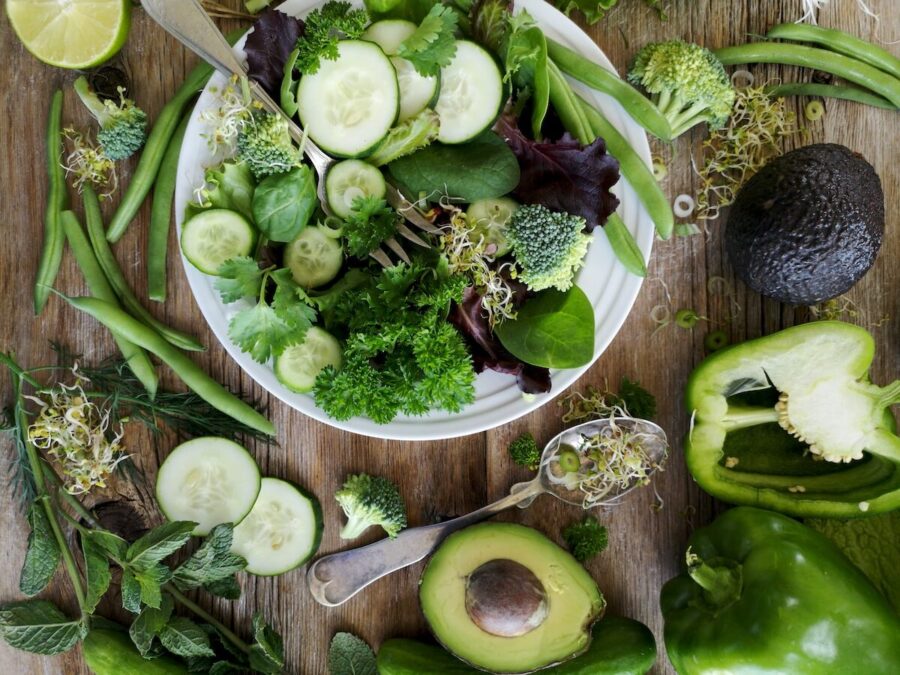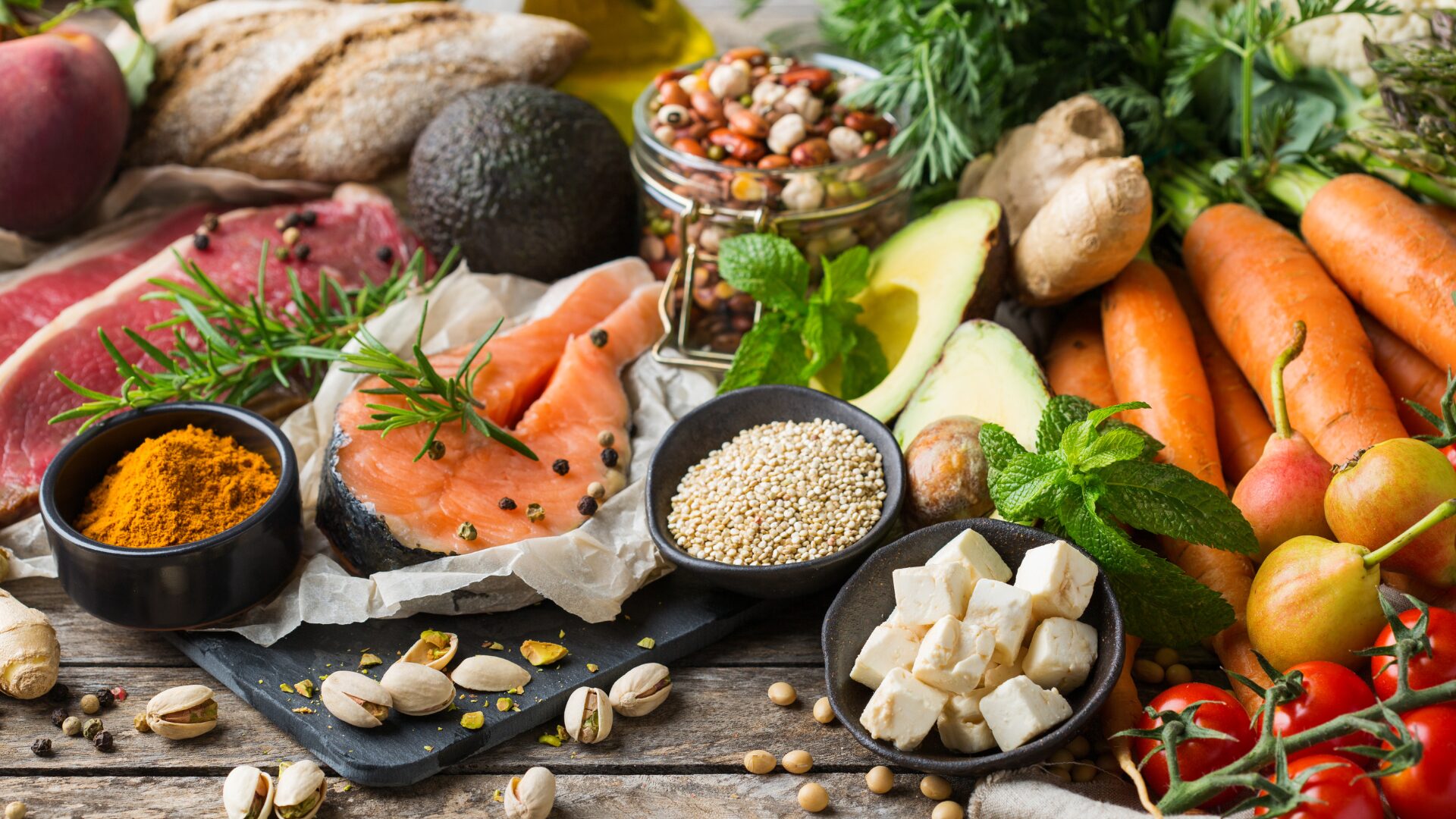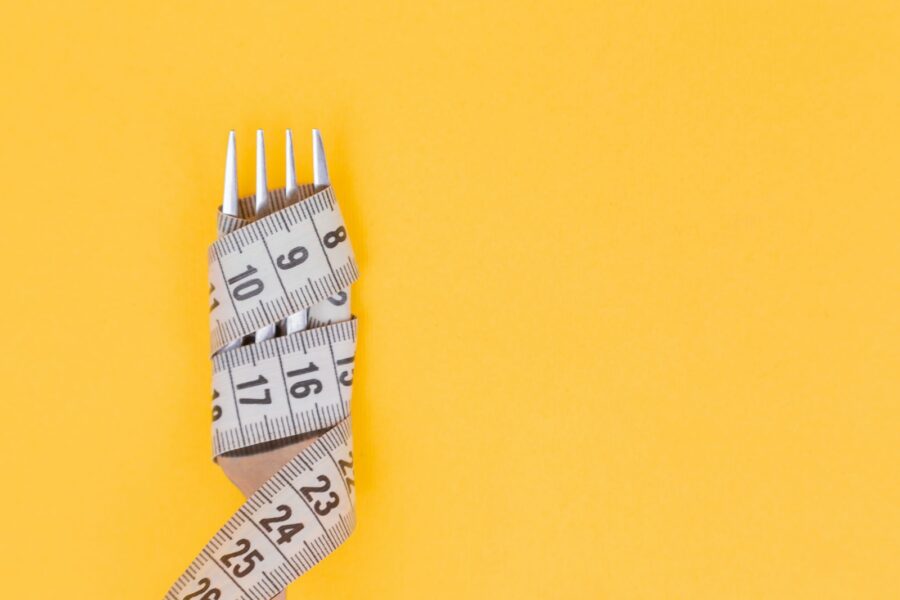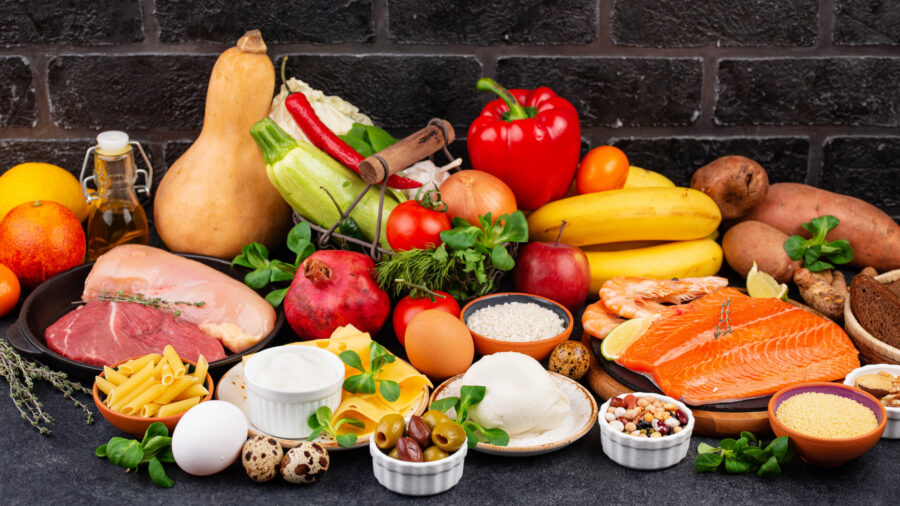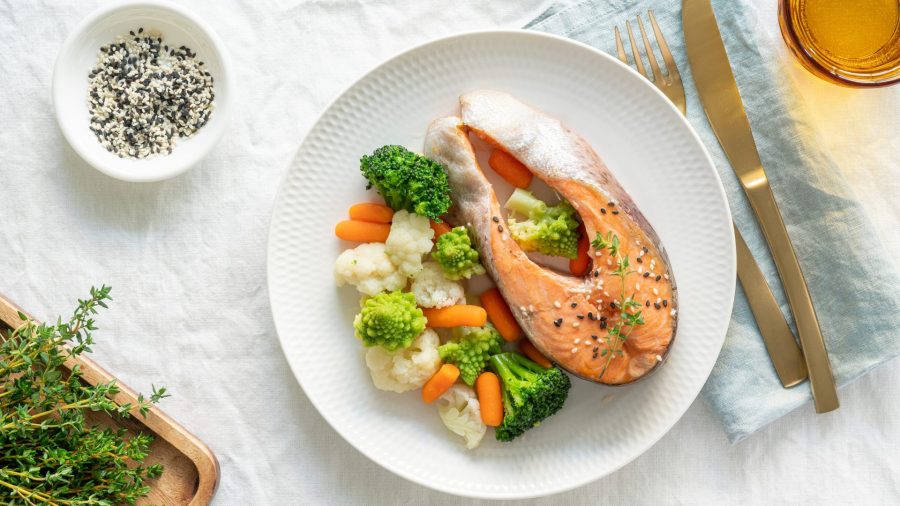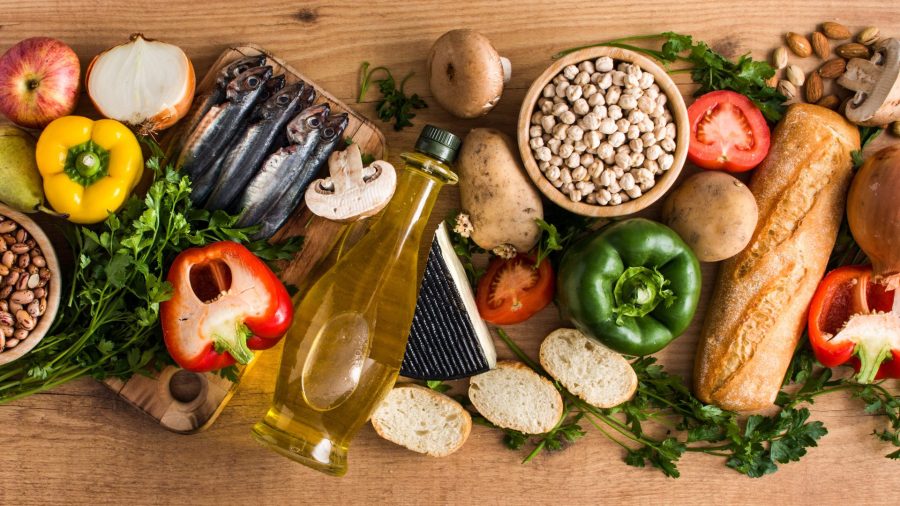A recent study published in Neurology found that people who followed the MIND diet (which stands for Mediterranean-DASH Intervention for Neurodegenerative Delay) may have fewer amyloid plaques and tau tangles – which are signs of Alzheimer’s disease – than those who do not adhere to the diet.
According to the study, older individuals who were on the MIND diet experienced a slower decline in cognitive function over the course of five years than those who did not, as noted by Medical Xpress.
So, what exactly is the MIND diet?
“The MIND diet is a combination of the Mediterranean and DASH diets but focuses specifically on foods that have been tied to brain health. The diet is rich in fruits and vegetables, specifically leafy greens, and berries,” Laura M. Ali, RD, culinary nutritionist and author of The MIND Diet for Two, told The Food Institute.
“The MIND Diet combines the brain-protective parts of the Mediterranean diet and the DASH diet. Both the Mediterranean and DASH patterns can result in brain stability. Also, they have anti-inflammatory and anti-oxidative properties. However, neither diet plan is directly associated with dementia prevention like the MIND Diet,” Brianne Okuszka, Senior Dietitian at Hackensack Meridian Health, explained.
The MIND Diet also incorporates other healthy foods known to protect the brain, including seafood, whole grains, other vegetables, beans, nuts and seeds and olive oil.
“Researchers investigating the MIND diet found those that follow the diet closely have a significantly slower rate of cognitive decline and better cognitive test scores than those who did not,” Ali added.
How easy is it to follow?
Getting started with the MIND diet does not and should not be an all or nothing approach, Okuszka says. It can be as simple as making a few key changes.
“Substituting white bread for whole wheat bread or adding in leafy greens daily is a good start. Additionally, including berries and nuts as a snack a few times a week can be helpful. Try including fish and beans weekly. … Little changes can make a difference for optimal brain health,” she added.
What should you eat on the MIND diet?
Here are 10 foods to incorporate into a MIND diet, according to Healthline.
- Green, leafy vegetables: Six or more servings of kale, spinach, cooked greens, and salads.
- All other vegetables: Try to eat another vegetable in addition to the green leafy vegetables at least once per day, preferably non-starchy.
- Berries: Eat berries at least twice per week.
- Nuts: Try to get five or more servings of nuts each week.
- Olive oil: Use olive oil as your main cooking oil.
- Whole grains: Aim for at least three servings daily. Choose whole grains like oatmeal, quinoa, brown rice, whole wheat pasta, and 100% whole wheat bread.
- Fish: Eat fish at least once per week. Salmon, sardines, trout, tuna and mackerel are best.
- Beans: Include beans in at least four meals per week.
- Poultry: Try to eat chicken or turkey at least twice per week.
- Wine: Aim for no more than one glass daily. Both red and white wine may benefit your brain.


